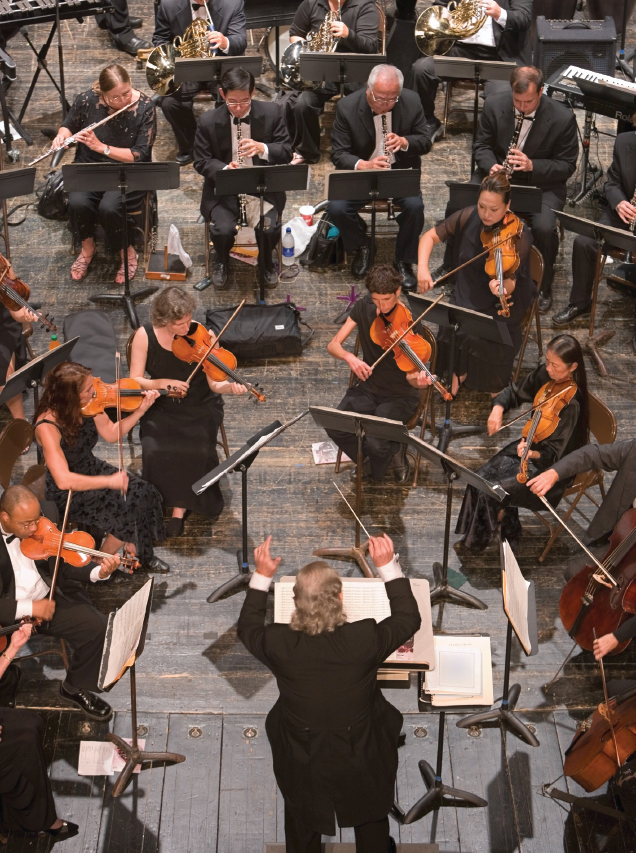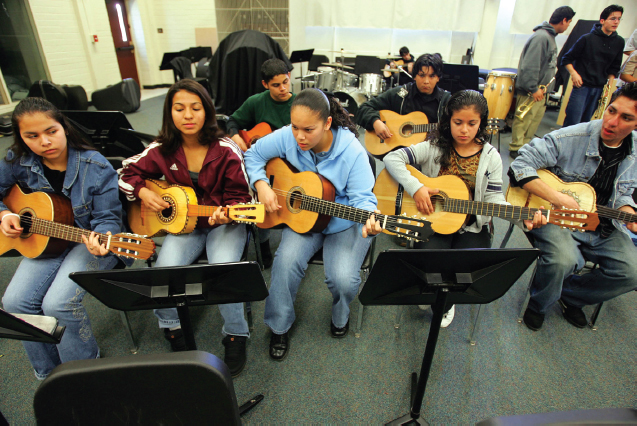Introduction to Unit I, Fundamentals
The basic activity that leads to the love of music and to its understanding is listening to particular pieces of music again and again. The pages of this book are filled mostly with discussions of musical compositions — symphonies, operas, concertos, songs, and the like — that people have found more and more rewarding as they have listened to them repeatedly. These discussions are meant to introduce you to the contents of these works and their aesthetic qualities: what goes on in the music, and how it affects us.
For these discussions we need a familiarity with musical concepts and musical vocabulary, since analyzing things, pinpointing things, and even simply using the right names for things all make us more actively aware of them. This introductory unit provides this familiarity, covering the basic elements of music and their standard terminology.
Chapter 1 presents the most basic aspect of music, its organization in time, or rhythm, and introduces important features of this organization: meter and tempo. Chapter 2 takes up other basic features of musical sound — pitch, dynamics, and tone color — and also the instruments of the modern orchestra. Then Chapters 3 and 4 delve into some additional complexities of pitch — scales, melody, harmony, and more — and explore how musicians use these to organize pieces of music. Chapter 5 carries the discussion one stage further, to include musical form and style.


